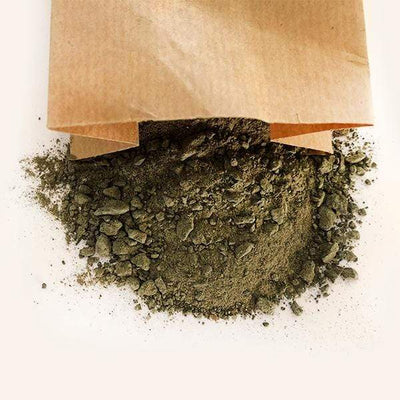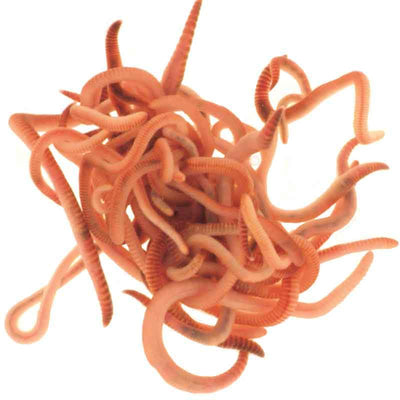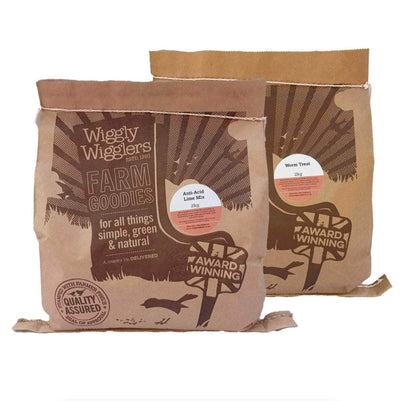It has been one year since the world that we knew before changed. A year of restrictions, lockdowns, video conferences, homeschooling, movie marathons, baking your own bread, and growing your own food. It has been a year of revaluing, rethinking, and also a year of going back to basics.
Fear for food security, combined with a reluctance to shop and an excess of enforced time at home, resulted in rethinking self-sufficiency. Many people took this time of uncertainty to discover new hobbies and activities that calm them down. They got back to gardening, which hasn't been so widespread since the end of WWII.
Re-discovery of growing your own food
All of a sudden, the concept of growing your own food came back to the forefront on both sides of the Atlantic. Even more so in the US, where apparently even seed companies struggled to keep up with the numerous orders from new home gardeners. Unlike Europeans, who are more prone to the organic food supply, Americans prefer stocking their refrigerators with pre-cooked meals. Gardening has never been a thing in the US and in recent years, growing your own food - like any other social topic - even become politicised. Spurred on by the food industry, the right has criticised Michele Obama's idea about having a home garden on the White House lawn as elitist and anti-business.

That said, pandemic (slightly) changed the way Americans think about gardening. Thanks to numerous bloggers, YouTube personalities and other types of influencers who sprung up in the past year, growing your own food became a popular hit. People soon came to realise that growing vegetables in a modern economy is more than just producing calories. They saw gardening as a liberating and balancing activity, a delightful therapy and a community addition which leads to an intense neighbourly exchange of seedlings, observations and advice.

Gardening and home composting go hand in hand
Not just Americans, Europeans too have (re)discovered their love for sustainability and gardening in the past months. Even those living in small city apartments took the initiative and started growing tomatoes and other vegetables right in the pots on their balconies.
Along with growing your own food, home composting also became wildly popular. These two activities are great at complementing each other since they both represent phases in the never-ending sustainable cycle of taking from nature and giving it back.
How can you produce your own fertiliser?
Using kitchen bio-waste and turning it into fermentation mass has never been easier. The sale of home composters like Bokashi Organko is growing, since more and more people would like to participate in this new movement. Home gardeners have discovered that dinner leftovers can easily be re-used as a nutritious organic fertiliser for their crops, plants or herbs.
All you need to start making your own fertiliser is a convenient Bokashi Organko composter. It is effortless to use since it only requires you to feed it with bio-waste (being kitchen leftovers or garden surplus). After each layer, you sprinkle bokashi bran full of special microorganisms, making the waste ferment, not decay. Once full, it takes two weeks for the fermentation process to run its course.
In the meantime, you need to drain the bokashi liquid from the composter regularly. This fluid rich in nutrition can be diluted with water and instantly used to water your plants or balcony crops.
After two weeks, the bokashi mass is ready to be buried in your garden, where it slowly dissolves and thus enriches the soil. Approximately two months into the process, the bio-waste mass will be almost entirely absorbed by the garden soil, which you can then scatter across the other billets or add it to the soil in your balcony pots.
Photos courtesy of the lovely Steph @plotty_on_thames on Instagram https://www.instagram.com/plotty_on_thames
For more information about Bokashi and how it can benefit your garden or allotment - please wiggle on over to https://www.wigglywigglers.co.uk/collections/bokashi-organico-kits






